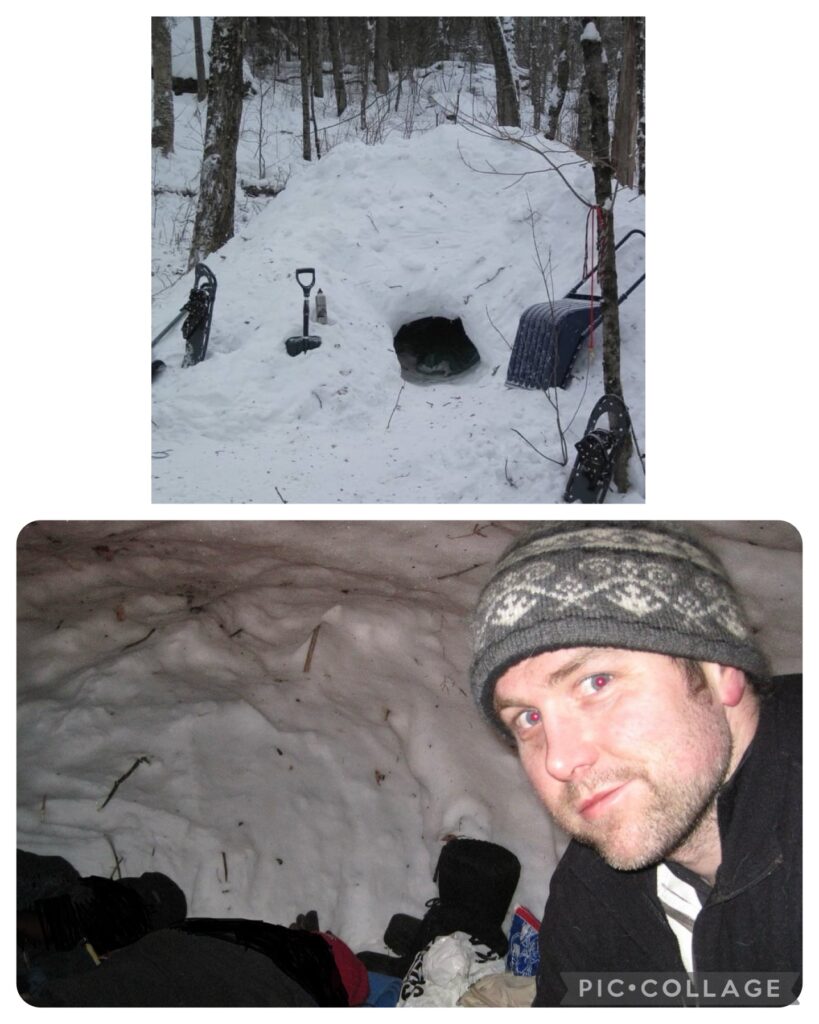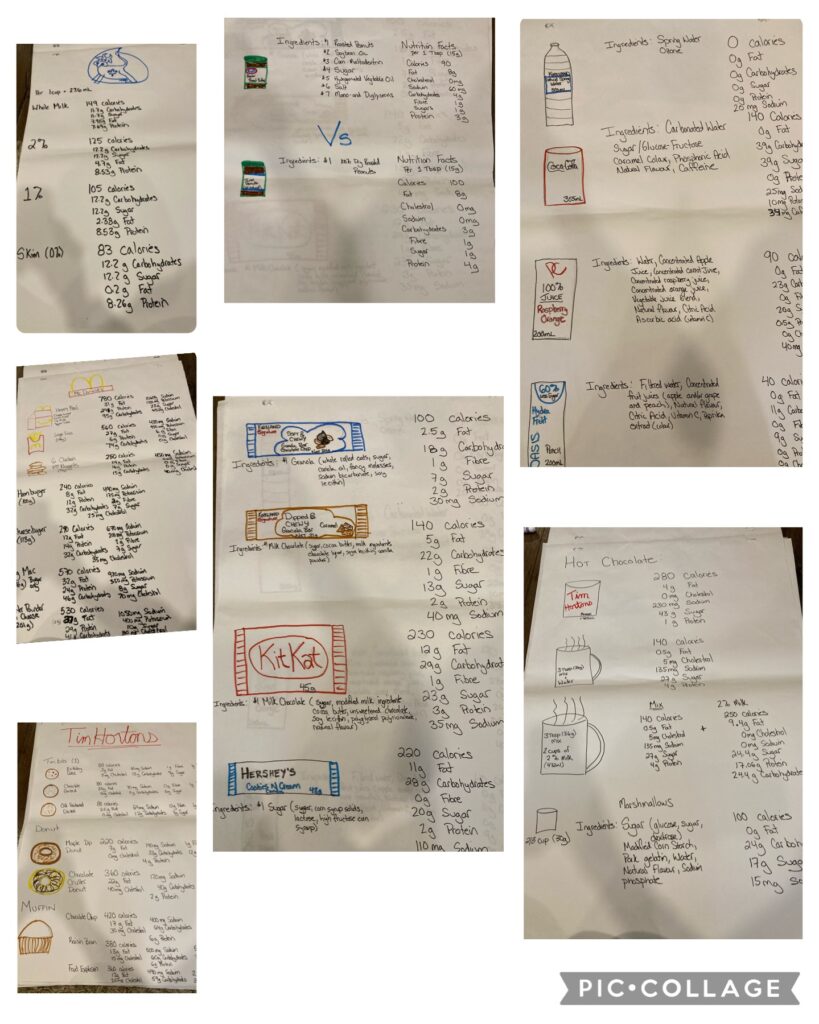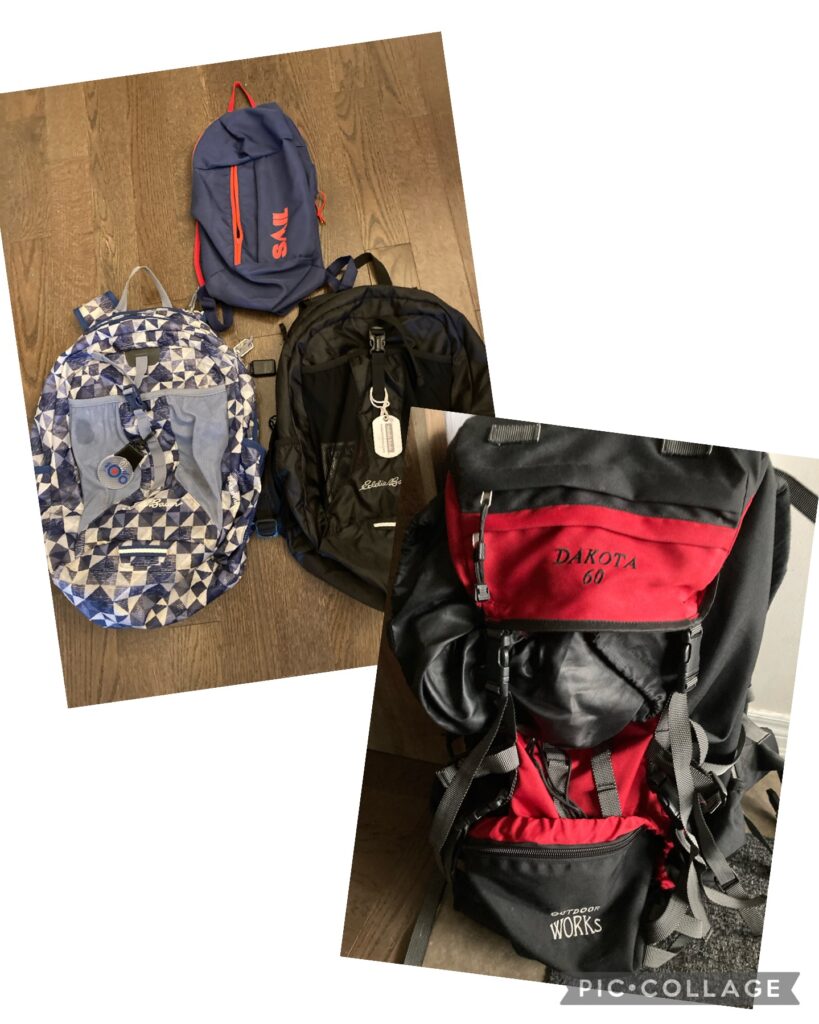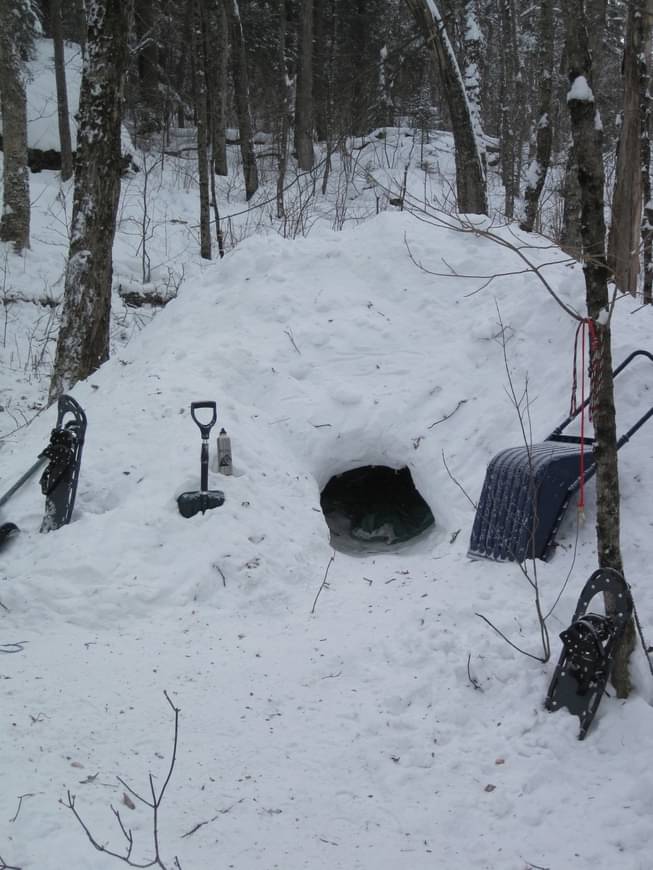
So you’ve signed your kid up for Winter Camping, What are you nuts? Have you seen the temperatures lately? This was a lot more impactful when I started writing the post and it was -15 degrees C, today’s high of 5 degrees C makes this a lot less dramatic. 🙂
At first glance, it may seem crazy but rest assured Winter Camping, when properly prepared, is not only survivable but can become an amazing experience, which not many have done.
To that end in Scouting one of our famous mottos is ‘always be prepared’ which comes from the notion failing to plan is planning to fail.
Aside from having the right gear, planning out your menu for Winter Camping is vital for a successful outing and adventure.
Just over two weeks ago, in our Cubs meeting, we went over How our Body works with food and water and why they are so important in Winter.
Weird but True Fact for Winter Activities:
The body needs more water during activities done out in the cold to compensate for the dryness. To compensate for the cold dry air you breathe the body actually starts using up its liquid to add humidity back into the air you breathe. Experienced cracked lips? Ever had your knuckles crack and bleed, moisture from your skin/lips exposed to the cold dry air is pulled out.
Staying hydrated is also very important, especially when doing activities out in the cold. Scouter Mark went over wide-mouth water bottles and why a plastic water bottle may be better suited for cold temperatures. (Nobody wants their lips or tongue stuck to a metal bottle)
We also learned and discussed what the body does when you don’t give it food. Cubs were shocked to learn that our bodies start feeding off stored fat, and after being deprived of nutrition for extended periods of time the body will actually start eating our muscles.
Having proper nutrition in our diet is key to having enough energy to perform tasks and encourages a healthy active lifestyle. To that end, we prepared challenges for Cubs to form lunch, a snack, and dinner from some common fast food choices. The nutritional information was put up around the gym on charts to show just how many calories the Big Mac or Tim Hortons Donut has in it.

We also started meal planning with our Cubs for Camp as we have a Mug Up, Breakfast, light snack, lunch, and dinner to prepare for.
Teaching out the various dietary restrictions and allergens to account for, Cubs were encouraged to think about Nutrition and share ideas of what they would like on the menu for camp.
After meal planning our next meeting tackled the Gear required for camping. The purpose, to ensure our Cubs have the right type of gear to not only survive winter camping (indoors) but to make sure the weekend is comfortable and enjoyable. From Daypack to your main pack with all your gear, preparing for the elements is essential. And please label everything, there is nothing worse then losing something, aside from being the Scouter who has to manage the Lost and Found.

The cornerstone of packing the right gear is first knowing what the weather forecast is for the outing. Keeping an eye on it right up to the date and adjusting as necessary our Cubs were taught in this meeting some effective strategies for staying warm while winter camping. Our Cubs Winter Gear List can help as well and can act as a guide as you pack for camp. 🙂
#1. Stay dry
To stay warm and dry you need to start with having the right boots. There’s nothing worse than finding out your waterproof snow or rain boots have sprung a leak and your feet and socks are soaking wet. A scout’s best friend in this instance would be having an extra pair of good quality wool socks as backup and a pair of plastic bags (milk bags or any other) that you can slip into your boots to keep your dry socks dry.
Pro Tip: for weekend Camping trips 6 pairs of good wool socks are advised, pack them in a ziploc bag to ensure they stay dry even if your pack doesn’t.
#2. Backup Socks
The more pairs the better, Scouter Mark suggests and packs for himself 6 pairs so that your feet will always be warm and dry. A cheap way to keep your clothes and backup socks dry is to pack them in plastic ziplock bags. That way if your bag accidentally gets wet, your gear inside doesn’t.
#3. Layers
Wearing and having layers of clothing that you can put on and take off as the temperature changes is key to staying comfortable. Jean are terrible at keeping you warm in cold weather, sweatpants do a much better job at keeping your body heat in. Fleece lined are even better, and you can always layer with snow pants.
#4. Sleeping Gear
A successful night’s sleep, aside from the shelter, (tents for Scouts and older and our indoor Lodge for Cubs) is having a sleeping pad and appropriate sleeping bag. Sleeping bags are rated by the outdoor temperature that they are then suited for and you need to make sure you match up your shelter’s expected temperature with what your sleeping bag is rated. If your bag isn’t rated for a low enough temperature, there are liners that can be purchased and used to add a few additional degrees of comfort, or you can wear additional layers of clothing to add warmth.
Pro Tip: For tent camping in winter a sleeping toque, different from the cold wet one you wore all day is key. Putting on a dry toque for bed will help stop your body heat from escaping from your head.
#5. Change of clothes
As important as it is to have layers to be able to put on or take off during the day, it’s equally important to have clothes/PJ’s to change into after a day of activities. You want to get out of the clothing you have sweated in all day, and put on something comfy and dry, to ensure a comfortable rest of the day and night.
#6. Mess Kit & Head lamp
Mess kits can be purchased at Canadian Tire/Sail/Mec and other retailers and should include a plate, bowl, cup, non-sharp knife, fork and spoon. The mesh bag comes in handy not only to store everything and keep you organized but to hang up to dry your dishes after you’ve washed them.
Battery Headlamps come in handy for night hikes and finding your way back from Campfire. Red light preserves your night vision the best, and no matter what type of light you use please don’t shine it in peoples eyes.
Pro-Tip: pack spare batteries in case your headlamp goes out in your day pack
#7. DayPack
Your day pack is probably the most important gear to bring for activities during the day. In it, you can pack your Full Water bottle, extra socks, layers, rain jacket (depending on forecast), extra mitts, hats, and scarf. If you have extra clothing in your day pack you save the trip back to the lodge or campsite should something go wrong while out and about doing activities.
Talking over with your Cubs these basic tips and tricks and reminding them to chat with a leader during the trip to let us know if they are cold or wet should help ensure an amazing Camp.
Useful Documents:
